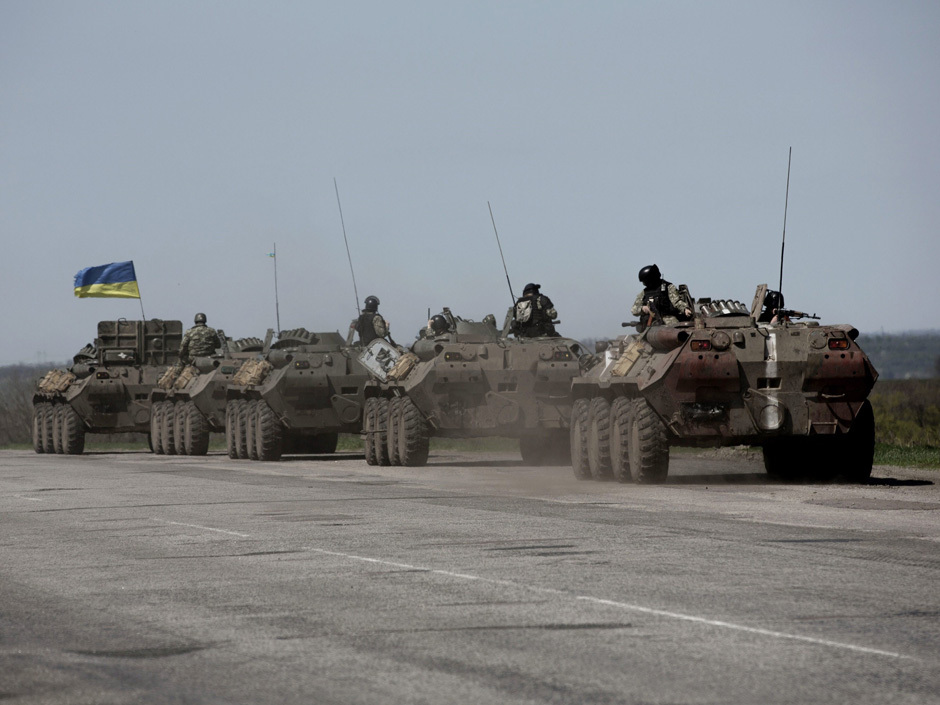Picture a country at the cusp of global economic prominence, where good-hearted progressives publicly denounce corruption, as unscrupulous politicians perform favours for the highest bidder. Furthermore picture that same nation with a significant wealth gap, where teeming urban slums surround the pristine mansions of the country’s captains of industry. For many, India would rightly be associated with such a nation, but for those learned in American history, such an environment could easily describe the United States of the late nineteenth century when the American economic powerhouse was being constructed at a time of wide income disparity and systemic political corruption.

Thus the Indian economy now finds itself on a similar trajectory of economic development as its fellow republic the United States did years ago. However, the previous decade of double-digit growth has been followed by a current sluggishness in an economy that now suffers an insufficient annual GDP growth rate of 5.0% (2013 figures). Much of this slump has been attributed to the fact that economic growth and demand has outpaced the development of infrastructure and strengthening of integral economic institutions.
Though telecommunications and information technology infrastructure, has developed over the past decade, a relatively small proportion of the country has actually received the benefits from this growth. Other forms of infrastructure such as water supply, transportation or even education which is crucial in lifting the poor into middle class consumers, has been put under great strain as a result of overpopulation and economic mismanagement by the previous administration.
Inefficiencies were rampant in important economic institutions, as foreign and domestic companies found such things as the implementation of property rights and government allocation of legal resources archaic and non-transparent. The country’s legal system was mired in excessive bureaucracy, which slowed its ability to guide the private sector through India’s notoriously complex labyrinth of rules and regulations.

With the recent election of Narendra Modi as India’s new Prime Minister, a lot is riding on his ability to return India to its status as a promising emerging market. Much of this hope lies right now on his current achievement in making the Indian government more efficient. Permits can now be obtained online, 175 projects that were once stalled have now been approved and Modi’s government has promised to auction coal mining rights immediately to mining companies.
Furthermore, as he did in his previous role as Chief Minister of Gujarat, Modi has personally reached out to the private sectors in China, the United States and Japan to help him achieve his goal in transforming the Indian economy from depending mainly on the service and agricultural sectors to one based on manufacturing as the dominant component. In essence, he has made it clear that his top economic priority is to make India more receptive to foreign direct investment and replace “Made in China” with “Made in India”.

The achievement of Modi’s goal is obviously important for India, but on an economic and geopolitical level, it is also of considerable significance for the United States. For one thing, the trading relationship between the two former British colonies could be worth well up to $1 trillion USD. With a relatively underdeveloped consumer market , India will first need to look to the United States, the world’s largest consumer market, as an export destination if it is to develop a large manufacturing base. For the United States, the low production costs of India is quite alluring for American manufacturers who are now looking for cheaper production alternatives to China, which now enjoys growing wage equalization with the developed world. For American domestic producers, the small but growing Indian middle class naturally opens new doors of opportunities untapped markets.
However it is on the strategic level that the US is banking on India’s plan to become an economic success story. First, with a rising China aspiring to regional hegemony in Asia, India, with its equally large population and military apparatus, could prove to be an effective counter against Chinese power. Some grand strategy experts believe the prerequisite for global hegemony is regional hegemony in a nation’s near abroad. The possibility of a global and/or regional hegemon being led by the Chinese communist party is naturally quite concerning for both the Indian and American democracies.
With regard to counter-terrorism, both the United States and India have been victims of radical Islamist terrorism. For the United States, India may even be a breath of fresh air in the region, given the often jaded relationship that characterises the counter-terrorist partnership between the United States and Pakistan.

The United States and India naturally have the makings of a “special relationship” that is all too similar to that between the United States and Great Britain. Mutual interests and benefits mark the possibility for a greater partnership between the world’s largest democracy and oldest democracy. Of course there are still some issues and grievance that have to be worked out and forgiven if the bonds between the United States and India were to fully tighten. The previously frosty relationship between the two republics during the Cold War and India’s refusal of American requests to stop unfairly subsidizing its agricultural sector are just a few issues that both republics will have to come to terms with. However, given that both the United States and India have mended their relationship with their former colonial master, Great Britain, it seems that such issues and grievances could be easily fixed.
Interestingly, both the United States and India were once considered the crown jewels of the British Empire. Today they are the crown jewels among the democratic world and thus for democracy to persevere against the twin threats of a rising Communist China and spreading global terrorism, the future economic and strategic relationship between the US and India must strengthen. So Modi and Obama, democracy’s ball is in you court! Anojan Nicholas




